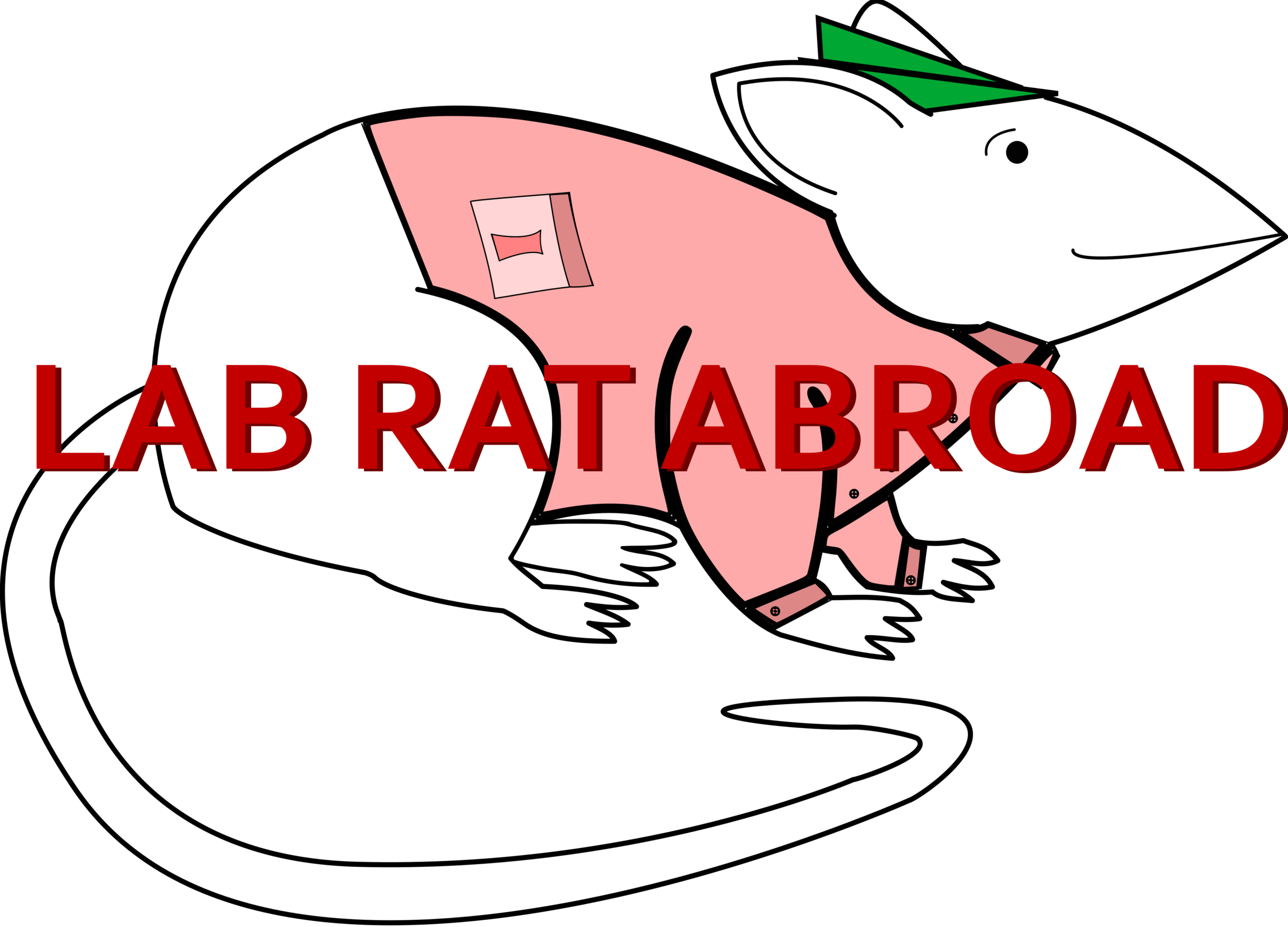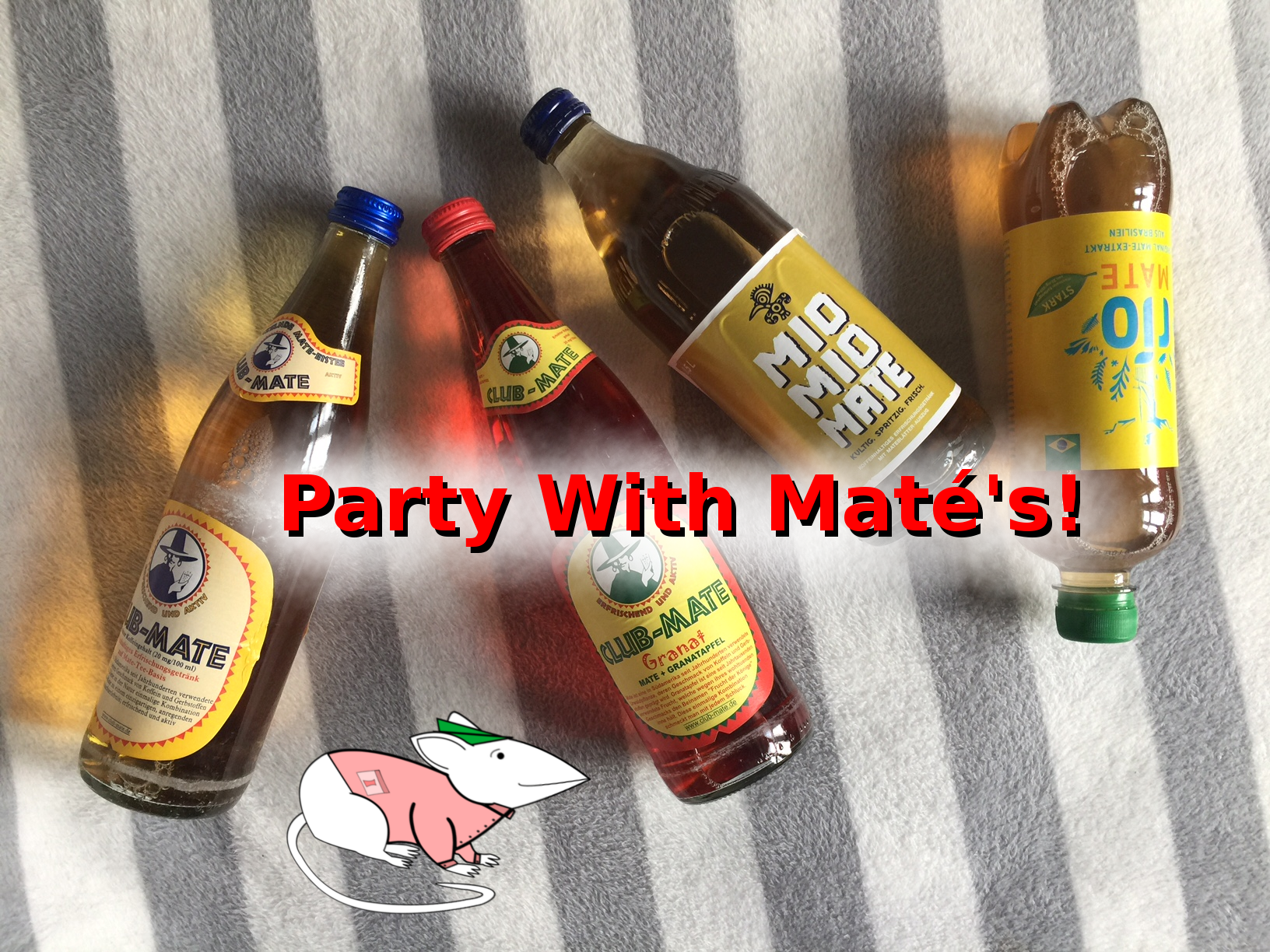Party with Maté's! - Maté In Germany
One of the more surprising discoveries that I made early on when I first came to Germany was the popularity of “Club-Mate,” a type of carbonated iced tea. It’s particularly common to see students carrying bottles around during exam season (to the point that the city library here in Dresden actually posts signs in some places specifically reminding students that it falls under their “no drinks” policy). For me, it was particularly surprising to see, given that the South American tea it’s made from, maté, is one that I’ve been drinking since I was a kid.
The traditional maté (typically written as ‘yerba mate’), is actually often drunk out of a dried calabash gourd (guampa) using a metal filter straw called a bombilla. When prepared in the traditional method, it has a caffeine content comparable to most brewed coffees. In tea bags, the amount of caffeine per cup is as much as half as low compared to coffee.
For someone who has had brewed maté before, Club-Mate can be a bit odd, as it doesn’t particularly taste like the actual tea itself, and is primarily sweet and fizzy. There are a number of brands selling similar drinks, such as Rio Mate and Mio Mio Mate, which all taste a bit different, based on the amount of sugar and maté extract the particular company uses in their recipe. My personal favorite is Mio Mio Mate, as it less sweet than Club-Mate, and has a stronger maté flavor.
If you’re looking to pick up some proper maté in the U.S. check out the link here. In Germany, you can find it either loose or in tea bags at a number of organic shops and larger grocery stores, but I’ve found that the best place to look are often Arabic grocery stores.


